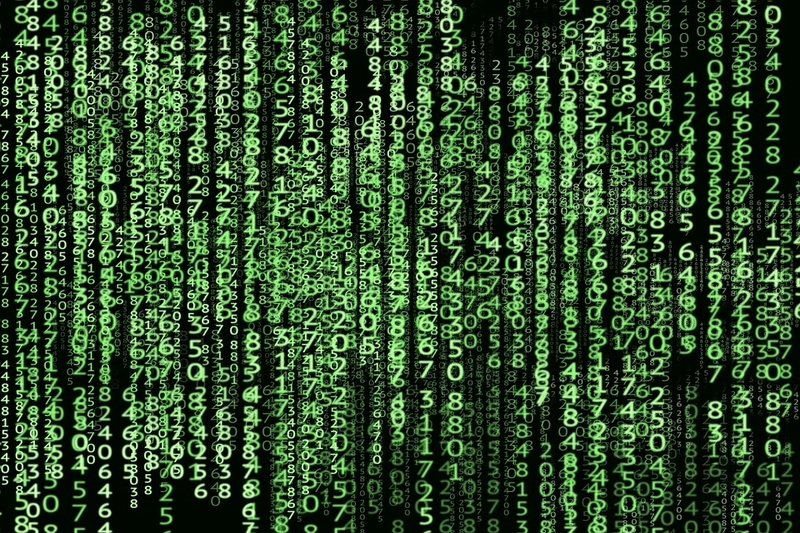
On 30 July, the Ministry of
Defence announced in a press release that the Defence Land project (Raksha
Bhoomi) that was developed to protect land and prevent encroachment by
digitally storing records is still in play.
The computerisation of defence
land records under the project Defence Land (Raksha Bhoomi), was
undertaken by the Directorate General of Defence Estates in association with National
Informatics Centre (NIC). Defence Land Records contained in General Land
Registers (GLRs) and Military Land Registers (MLRs) were entered in the Raksha
Bhoomi Software and made operational after verification and authentication of
the database in July 2011. The software was developed to digitise land records.
The term land registration
refers to systems and matters concerning ownership, possession or other rights
of land that can be recorded (usually with a government agency or
department) to provide evidence of a title, facilitate transactions and to
prevent illegal disposal.
The process of integrating the
data of encroachment on defence lands in the Raksha Bhoomi database is an
ongoing process.
According to their website, the Directorate General of
Defence Estates maintains two types of lands registers. One register is for
lands within Cantonments, and the other register is for lands outside
Cantonments. The former register is called the General Lands Register (GLR) and
the latter register is called the Military Lands Register (MLR). Both the
registers record data about the ownership of land, its area, who occupies it,
any transfer or sale transactions and other summary details.
In 2007, the Raksha Bhoomi
software was designed to store the information electronically in both these
registers in all the DEO (Defence Estate Office) and CEO offices.
The Raksha Bhoomi project
revolutionised the way records were kept; land records data from various
offices can be consolidated at one place and earlier with manual registers this
consolidation was not possible. Therefore, the computerisation of this data
with the facility to generate state-wise and country-wise reports along with
the preparation of software for managing this data was developed.
The software after its
development in 2007, has undergone a number of version changes and a stable
version 3.3 was released in 2011. The software is currently functional in all
62 Cantonment Boards and all 37 Defence Estate Offices. Data entry, verification
and authentication has been completed by all the field offices and all the data
has been compiled.
The press release said
that detection, prevention and removal of encroachment is a continuous
exercise. Action for the removal of encroachments on defence land is taken
under the provisions of the Public Premises (Eviction of Unauthorised
Occupants) Act, 1971 as well as under the Cantonment Act, 2006. Cases are also
taken up with State or Municipal authorities for resolution of the problem.
With the continued
digitalisation of land records, survey, demarcation and verification of defence
lands, the Government of India expects to prevent and stop all encroachment in
the county.
















